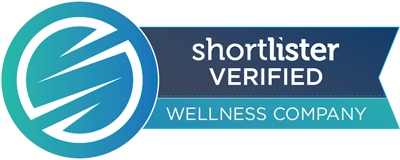
The three stages of work from home:
Stage One: Carve out a workplace. Perfect your Zoom skills. Order noise cancelling headphones. You’ve got this!
Stage Two: You’ve adjusted to working from home, but now you can’t stop working. Hours and days are blurring together and your constant companion is the glow of your computer. You’re productive, but life has become work.
Stage Three: Burnout
Burnout is feeling drained, both physically and emotionally. It’s no longer having the energy, drive or creativity we once did to engage effectively with work and enjoy those around us. Paradoxically, the more we try to work harder to make up for those unproductive hours, the more of a problem burnout becomes.
Work from home has stripped away the natural boundaries that many of us relied on to regulate our professional lives. The commute from the office that signified the end of a workday is gone. Our workplace is now often the same space we use for eating, socializing, relaxing or parenting. Participation in many of our favourite activities has been curbed, (seeing friends in person, playing sports, enjoying restaurants) and it becomes too easy to fill the void with work. Coupled with fears of unemployment, we are losing track of time and working more.
The burnout that has been simmering is now bubbling over.
In an April 2020 poll, only 20% of employees said their company provided them with the necessary mental and physical wellness resources. Knowing that the transition back to our traditional workplace will be gradual at best, and perhaps forever altered, how can we mitigate the underlying causes of burnout that the COVID-19 pandemic has brought to the forefront?
Rather than think “we will return to normal” we need to rethink what the new normal can be. Just as companies have supported their employees with the tools to work from their homes, we must also provide the tools to ensure our workforce remains healthy and safe.
